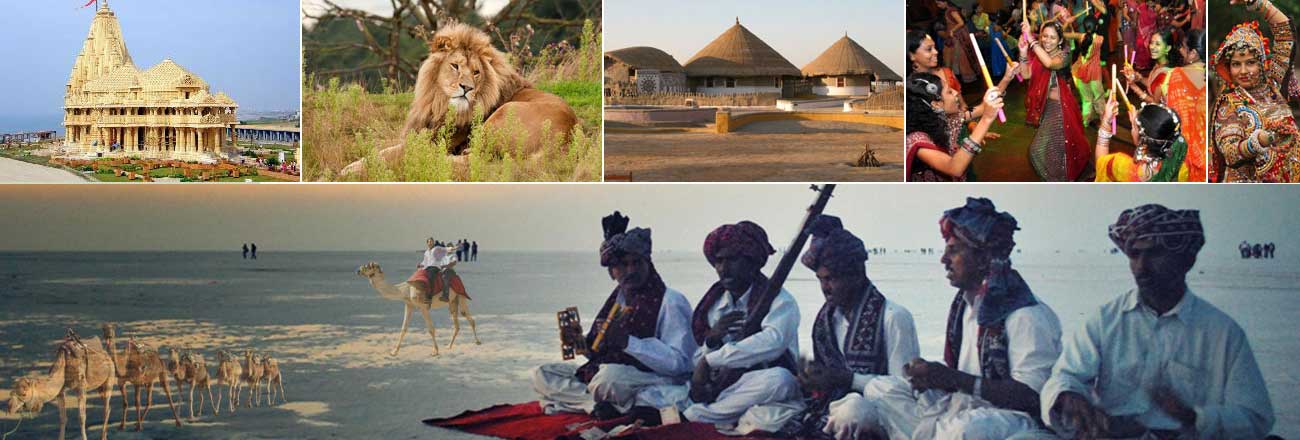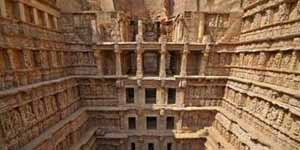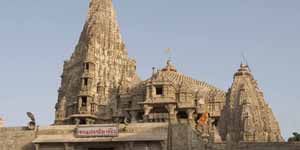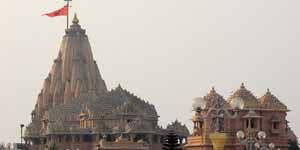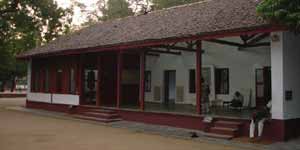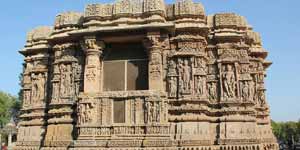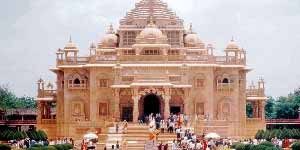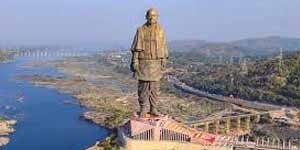
Sabarmati Ashram
Ahmedabad is a tantalizing city which proffers several historical treasures inspiring visitors with its beguiling stories. Christened as Amdavad it had been the nerve centre of India’s freedom struggle as significant freedom movements were started here. A major landmark of the city is the Sabarmati Ashram where Bapuji lived with his wife Kasturba Gandhi. More popular as Harijan Ashram and Satyagraha Ashram, this non-profit organization is situated on the banks of Sabarmati River four miles away from the town hall.Travel back in time with the visit to the serene Sabarmati Ashram that stands as a testimony to the strenuous efforts of the father of the nation, Mahatma Gandhi in attaining freedom from the Britishers. Spanning over an area of 36 acres, the ashram accommodates different wings related to Gandhi's life including Hriday Kunj, Vinobha Kutir, Upasana Mandir and Gandhi Sangrahalaya.
History
On his return from South Africa, Gandhi’s first Ashram in India was established in the Kochrab area of Ahmedabad on 25 May 1915. The Ashram was then shifted on 17 June 1917 to a piece of open land on the banks of the river Sabarmati. Reasons for this shift included: he wanted to do some experiments in living eg farming, animal husbandry, cow breeding, Khadi and related constructive activities, for which he was in search of this kind of barren land; mythologically, it was the ashram site of Dadhichi Rishi who had donated his bones for a righteous war; it is between a jail and a crematorium as he believed that a satyagrahi has to invariably go to either place. The Sabarmati Ashram (also known as Harijan Ashram) was home to Mohandas Gandhi from 1917 until 1930 and served as one of the main centres of the Indian freedom struggle. Originally called the Satyagraha Ashram, reflecting the movement toward passive resistance launched by the Mahatma, the Ashram became home to the ideology that set India free. Sabarmati Ashram named for the river on which it sits, was created with a dual mission. To serve as an institution that would carry on a search for truth and a platform to bring together a group of workers committed to non-violence who would help secure freedom for India.
By conceiving such a vision Gandhi and his followers hoped to foster a new social construct of truth and non-violence that would help to revolutionize the existing pattern of like. While at the Ashram, Gandhi formed a school that focused on manual labour, agriculture, and literacy to advance his efforts for self-sufficiency. It was also from here on the 12 March 1930 that Gandhi launched the famous Dandi march 241 miles from the Ashram (with 78 companions) in protest of the British Salt Law, which taxed Indian salt in an effort to promote sales of British salt in India. This mass awakening filled the British jails with 60 000 freedom fighters. Later the government seized their property, Gandhi, in sympathy with them, responded by asking the Government to forfeit the Ashram. Then Government, however, did not oblige. He had by now already decided on 22 July 1933 to disband the Ashram, which later became asserted place after the detention of many freedom fighters, and then some local citizens decided to preserve it. On 12 March 1930 he vowed that he would not return to the Ashram until India won independence. Although this was won on 15 August 1947, when India was declared a free nation, Gandhi was assassinated in January 1948 and never returned.
Over the years, the Ashram became home to the ideology that set India free. It aided countless other nations and people in their own battles against oppressive forces.
Monuments in Gujarat
Monuments in Gujarat The words history, heritage, culture and traditions describe the true glory of Gujarat, one of India's very well-known and truly effervescent states. Each nook and corner of Gujarat, steeped in the past, bears witness to the richness and royal grandeur once enjoyed in this region. Today some of the most unique places that testify to the glorious days gone by are none but Gujarat 's timeless forts and monuments.Gujarat forts and monuments make up a very significant part of Gujarat's many types of tourist attractions. In reality it won't be an overstatement to say; Gujarat 's beauty has reached a unique height with these in the background. Modern buildings built in the middle of the old today appear to exemplify the idea of tradition and step forward in time bringing along old principles. The synthesis of old and modern has fooled every heart and mind with precision. In fact, this combination not only speaks of Gujarat's grandeur but also expresses some of India's sublime values, for which it is recognised throughout the world.
You will come across many fascinating details about them while visiting the forts and monuments in Gujarat on your trip to Gujarat. Not only do you enjoy the undying sagas associated with these sites but also the sophisticated architectural styles in which they boast. These sites gasconade's art work is the sight to feast your eyes on.
Looking closely at Gujarat forts and monuments, you can find that most of these sites exhibit a mixture of Hindu, Islamic and European architectural styles. The time of wooden furniture forming an important ingredient in these areas. You'll enjoy every bit of your tour to Gujarat forts and monuments, to state laconically.

